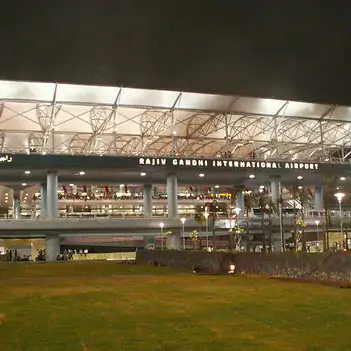- Home /
- Campus Life /
- City Life of Hyderabad

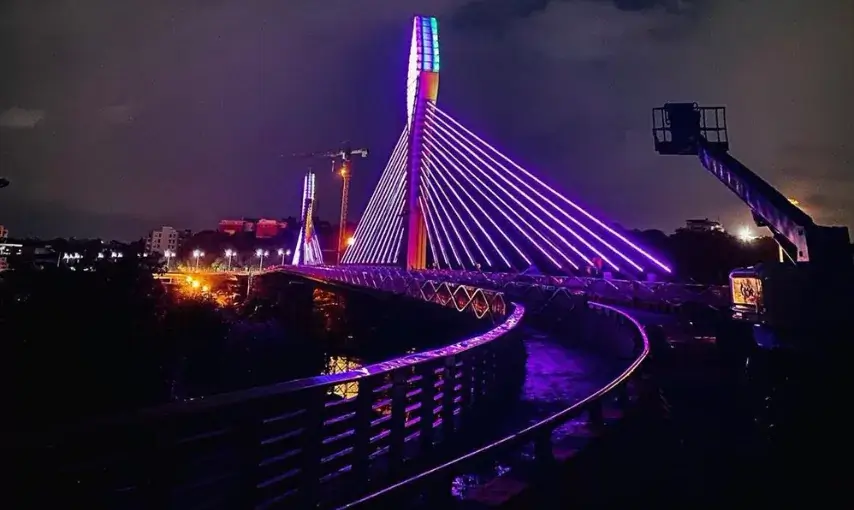
Established in 1591 CE, Hyderabad has a rich culture, a fairy-tale history and a diversity large enough to rival entire continents. Amidst the industrialization, which began in the late 19th century, The City of Pearls has become the foremost center for cultural convergence and a global centre of information technology. In a city where love, art, tradition and culture are celebrated, the potpourri of various ethnic groups has ensured cosmopolitan progress and an embracement of the modern lifestyle. The Hyderabadi architecture and cuisine belong to a bygone imperial era and are the pride and joy of the city and its people.
Hyderabad is the capital city of the southern Indian state of Telangana and Andhra Pradesh. It is also the largest city in the state, occupying 650 square kilometres (250 sq mi) on the banks of the Musi River. As of 2011, the city's population was 6.8 million, with a metropolitan population of 7.75 million, making it India's fourth most populous city and sixth most populous urban agglomeration. Hyderabad is also one of the most developed cities in the country, with an established Information Technology (IT) hub and an emerging Bio-Technology hub.
Due to its geographical location, Hyderabad has developed a multi-lingual culture unique to India. Though Telugu is the native language, Hindi, Urdu, and English are spoken by a large populace, resulting in their distinct sound and flavor. The Urdu spoken here is also unique, with influences of Marathi and Telugu, giving rise to a dialect sometimes called Hyderabadi Urdu or Deccani. The city has always possessed one of India's largest Urdu-speaking population. If the real Hyderabadi is laced with Urdu and typical of the old city, the new city lingo has a fair mix of English and Telugu.
The decline of the Mughal Empire in Delhi in 1857 CE allowed Hyderabad to emerge as India's foremost center of culture. The migration of performing artists to the city, particularly from the north and west of the Indian sub-continent under the patronage of the Nizam, enriched the cultural milieu. This migration resulted in a mingling of North and South Indian languages, cultures and religions, which have since led to a co-existence of the ancient Hindu and the centuries-old Muslim traditions, for which the city has become renowned. Christianity, Jainism, Zoroastrianism and Buddhism have likewise thrived alongside each other. Now known globally as an IT hub, Hyderabad has a marvelous blend of diverse cultures (historical and modern), emulating the people's daily lifestyle.
Hyderabadi cuisine is a blend of traditional South Indian, Mughalai and Persian palates and has a wide variety to choose from. Considered to be a legacy of the Asaf Jahi dynasty (The Nizams), the cuisine has been shaped by 400 years of Hyderabadi culture and tradition. Aside from the exotic spices and liberal use of ghee, the cuisine also uses fresh fruits instead of dried fruits, but to get the real taste of Hyderabadi food, one must try the city's iconic dish, The Dum Biriyani. Other native delicacies include Khubani ka Mitha, Pheni (a sweet vermicelli delicacy eaten during the festival of Diwali), Paya and Haleem (a meat dish traditionally eaten by Muslims during the holy month of Ramadan).
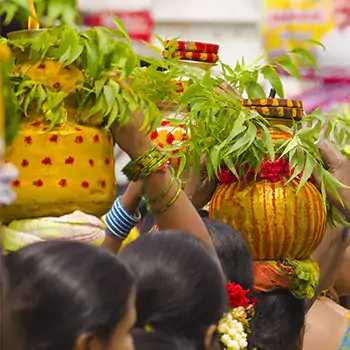
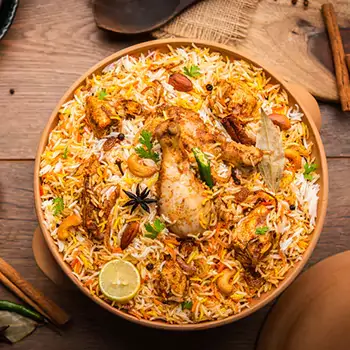
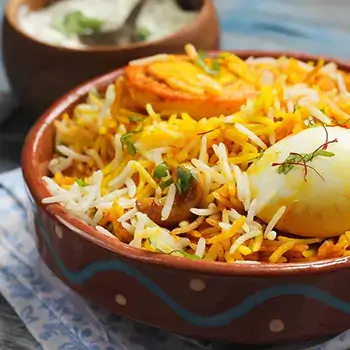
The splendour of the Qutb Shahi and Asaf Jahi dynasties, Mogul grandeur, Persian brilliance, exotic cuisine and exquisite markets all contribute to the elegance of Hyderabad. Internationally famous for its fascinating contrasts and unrivalled attractions, numerous places of interest prevail in Hyderabad. The most significant among them are the historical monuments viz. Mecca Masjid, Charminar, Golconda Fort, Qutb Shahi Tombs; the palaces viz. Chowmahalla Palace, Falaknuma Palace, Taramati Baradari; the religious places - Hebron House of Worship, Shahi Masjid, Ananda Buddha Vihara, Birla Mandir, Sanghi Temple, Chilkur Balaji Temple; the museums and planetariums viz. Surendrapuri, Salar Jung Museum, City Museum, Birla Science Museum, Birla Planetarium, the parks and gardens. Nehru Zoological Park, NTR Gardens, Lumbini Park, Mrugavani National Park etc.
To get a taste of the distinctive Hyderabadi culture, one must visit Lamakaan, an inclusive cultural space that promotes and presents the best of arts, literature, theatre, debate and dialogue with a commitment to being open and accessible.
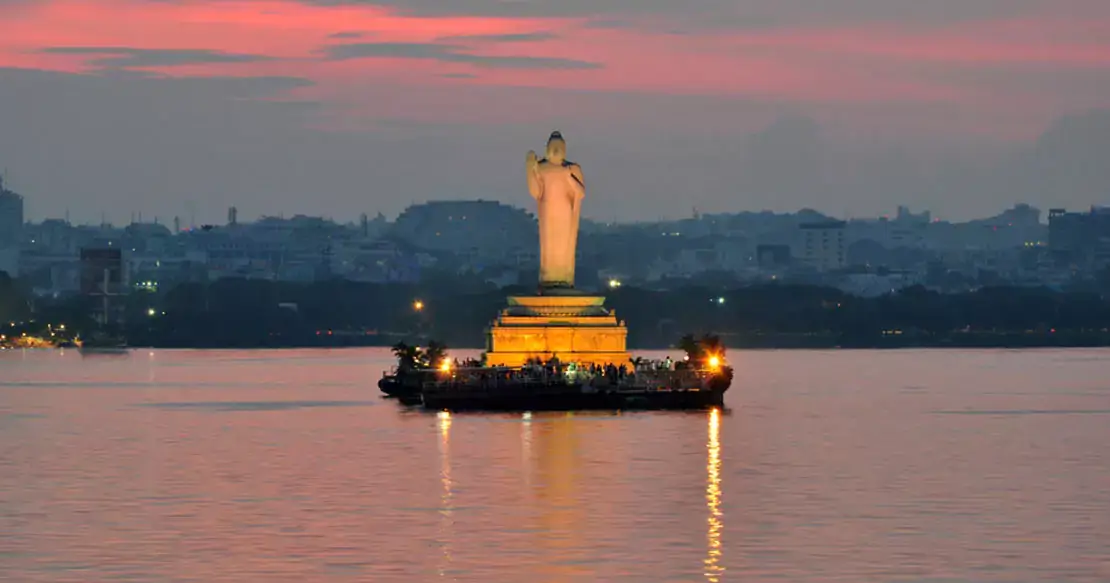
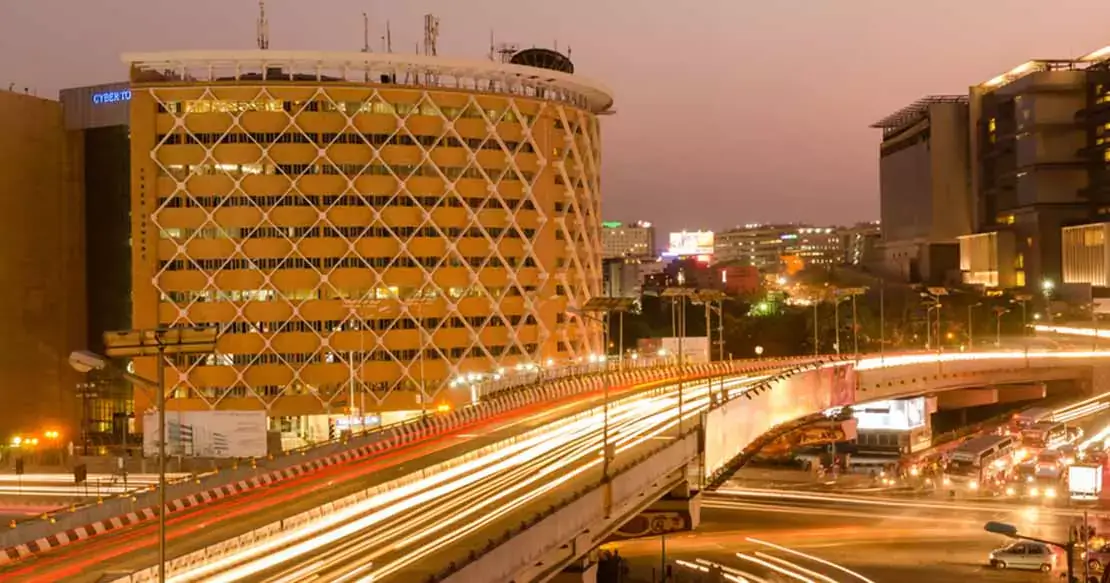
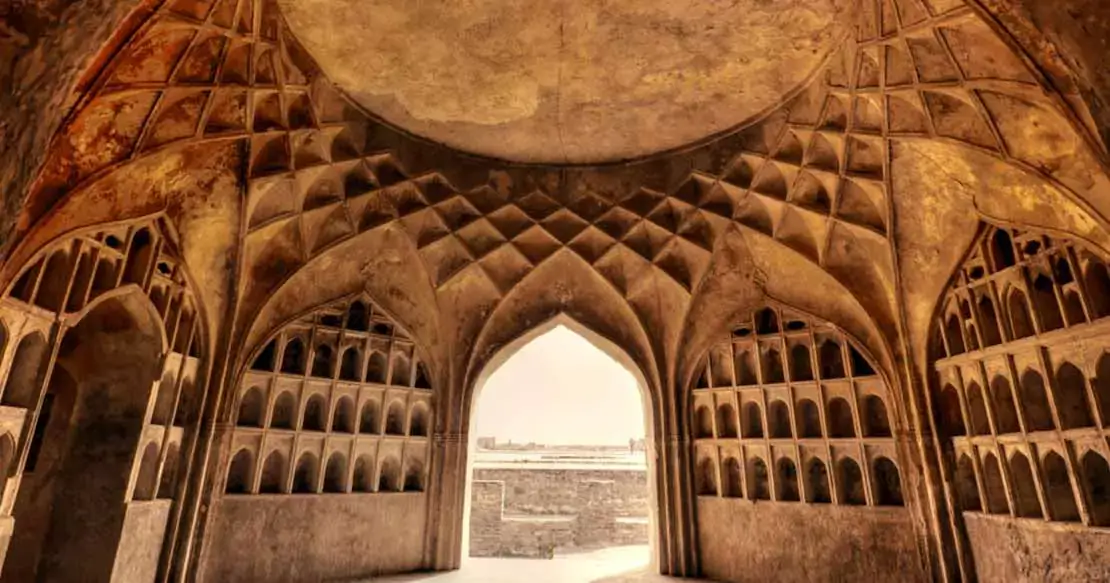
Hyderabad features many heritage buildings constructed during the Qutb Shahi and Nizam eras, showcasing Indo-Islamic architecture influenced by Medieval, Mughal and European styles. After the 1908 flooding of the Musi River, the city was expanded and civic monuments constructed, particularly during the rule of Mir Osman Ali Khan (the VIIth Nizam), whose patronage of architecture led to him being referred to as the maker of modern Hyderabad. In 2012, the government of India declared Hyderabad the first "Best heritage city of India".
Among the oldest surviving examples of Nizam architecture in Hyderabad is the Chowmahalla Palace, which was the seat of royal power. It showcases various architectural styles, from the Baroque Harem to its Neoclassical royal court. The other palaces built by the Nizams include Falaknuma Palace (inspired by Andrea Palladio villas), Purani Haveli, King Kothi and Bella Vista Palace, all of which were built at the peak of the Nizam rule in the 19th century. During Mir Osman Ali Khan's rule, European styles, along with Indo-Islamic, became prominent. These styles are reflected in the Falaknuma Palace and many civic monuments such as the Hyderabad High Court, Osmania Hospital, Osmania University, Hyderabad and Kachiguda railway stations, State Central Library, City College, Andhra Pradesh Legislature, State Archaeology Museum and Jubilee Hall. Other landmarks of note are the Paigah Palace, Asman Garh Palace, Basheer Bagh Palace, Errum Manzil and Spanish Mosque, villas constructed by the Paigah Family.
Hyderabad is connected to most major cities domestically and internationally via the Rajiv Gandhi International Airport. Located in Shamshabad, about 22 kilometres away from the city, the airport has won numerous global awards and operates non-stop flights to and from most foreign countries. The major international airlines are Indian Airlines, Air France, Lufthansa Airlines, Emirates Airlines, Malaysian Airlines, British Airlines, etc.; the major domestic airlines are Indigo Airlines, Air India Airlines, Jet Airways, SpiceJet Airlines etc.
